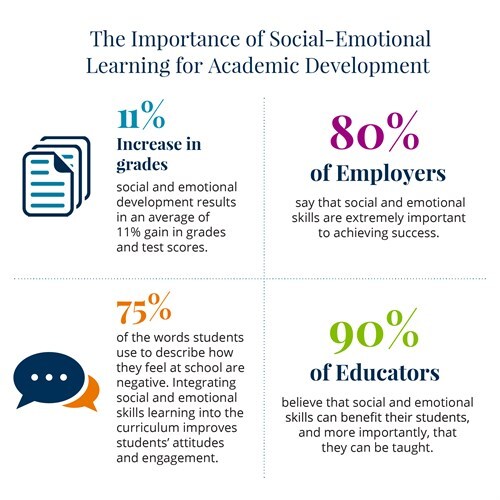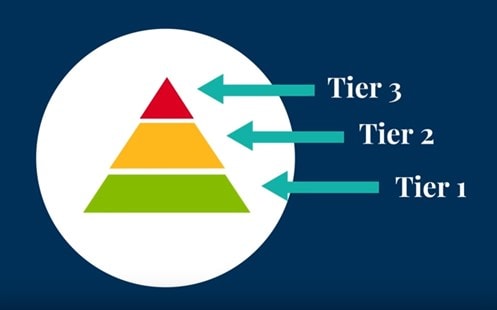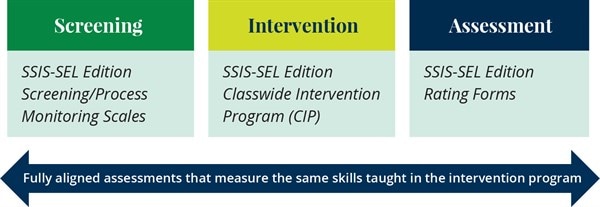Differentiated learning: supporting learning for students of all abilities
Student learning can be influenced by a number of factors: gender, culture, disabilities, socio-economic status, comfort level, or a combination of the above. Finding a way to help each student in your classroom learn may be a challenge – but it’s not impossible.
Celebrating all learners
Some students excel at sports, others at language, or maths. Some come into the classroom with confidence, others bring learning anxiety. Many will be novice learners, while others will display academic excellence at every turn. This is not a new phenomenon – it’s common knowledge that students are different, as are their learning needs. This diversity in student learning should not just be tolerated, it should be celebrated.
Differentiated instruction involves responding specifically – and with flexibility – to what students know. It involves changing the way the curriculum is presented to suit each student, rather than setting lessons in stone. It means providing multiple ways for pupils to learn new content, make sense of new ideas, and prove their understanding.
A cross-section of an Aussie classroom
Australia is home to more than 200 different languages and approximately one student in every four is learning English as an additional language (EAL). But the diversity doesn’t stop there. A recent national audit revealed that 19.4 percent of Australian students have a disability or learning difficulty. Students who have been diagnosed with dyslexia, ADHD, non-verbal learning disability (NLD), autism, language disorder or auditory processing difficulties are all represented by this statistic. It’s important to note that 65.9 percent of children with disabilities (aged 5-14) attend regular classes in mainstream schools. This means it’s common for all teachers, not just special education teachers, to encounter students with disabilities and language difficulties.
In the last 10 years, there has also been an increase in primary school students presenting with high levels of anxiety. And let’s not forget our gifted learners – yet another group of students who require tailored tuition.
This data shows that a typical Australian classroom must be able to accommodate a range of learning needs and abilities. Whether a student presents with a language disorder or has recently immigrated to the country, it falls to teachers to move each of their students forward in their learning. This is a huge responsibility – and no easy task. It’s one thing to believe in differentiated learning, but how does one deliver differentiated instruction?
A classroom-based solution
Differentiated teaching starts with getting to know your students – their prior knowledge, strengths, weaknesses, and abilities. Once you have this information, student needs can be incorporated during the lesson planning process.
So how can you identify the areas where your students are struggling the most? Using an accurate and easy-to-use clinical assessment like WRAT-5 allows you to determine the academic level of your students. It can be used to assess and monitor reading, spelling, and math skills, and can help identify possible learning disorders. This type of early intervention allows for differentiated instruction to begin because once you know what your students know, you can tailor your pedagogy to their needs.
Results from the first round of tests can be used as a benchmark for future testing, creating a way for you to measure each student’s progress. Tracking student learning will enable you to keep delivering differentiated instruction, and set you well on your way to improving learning for your students.
This article is part of the Mind the Gap initiative that supports student wellbeing to improve learning outcomes. For more information about this topic, or any of the clinical assessments mentioned in this article, please feel free to contact Anisa Zulfiqar.
Read more




